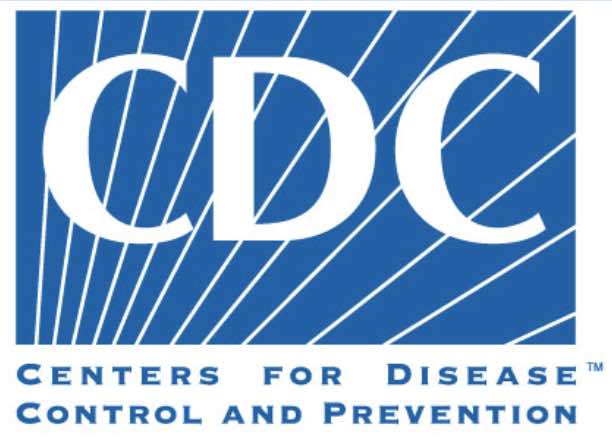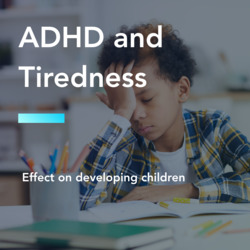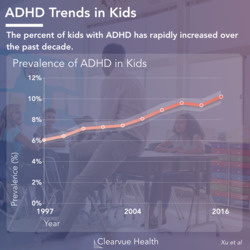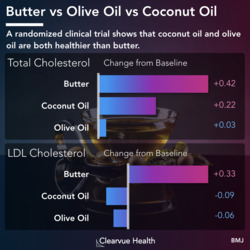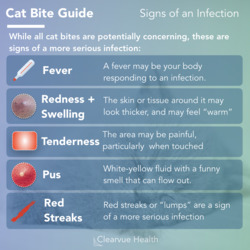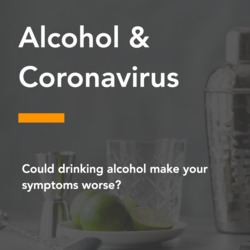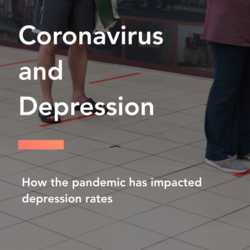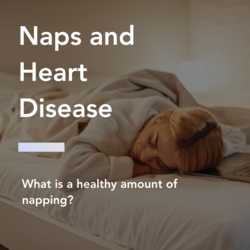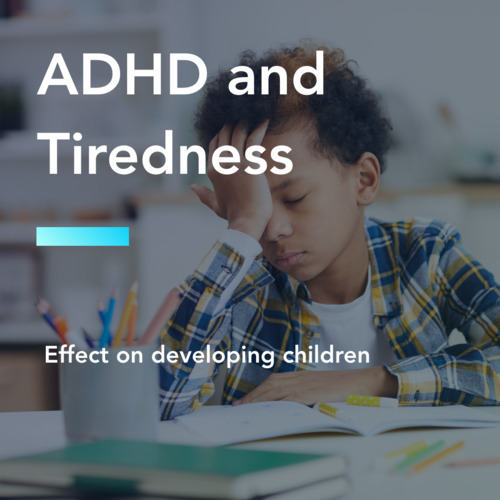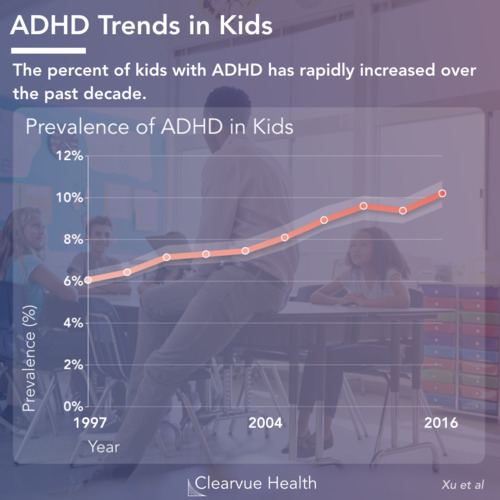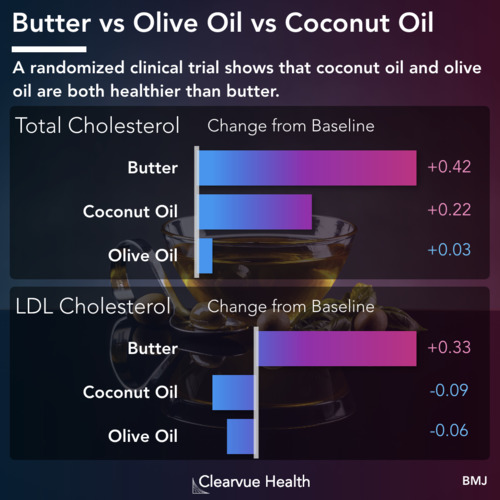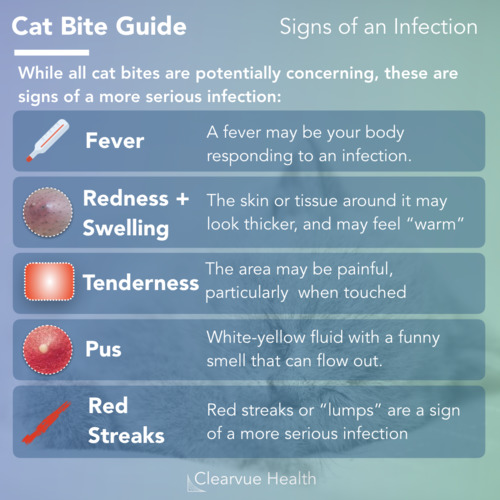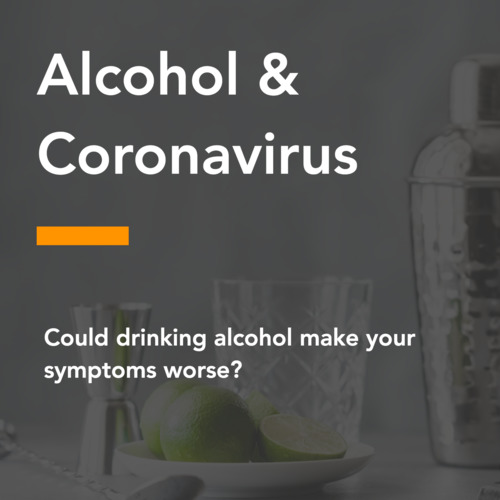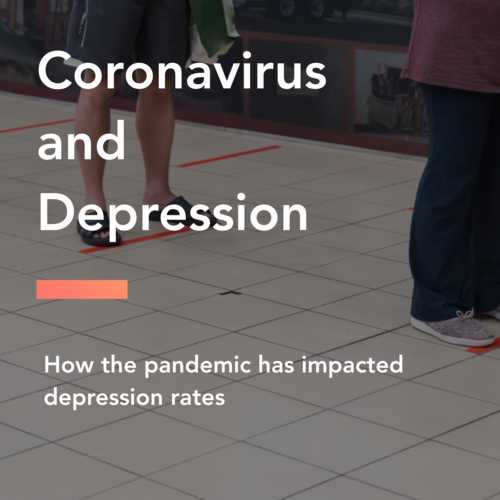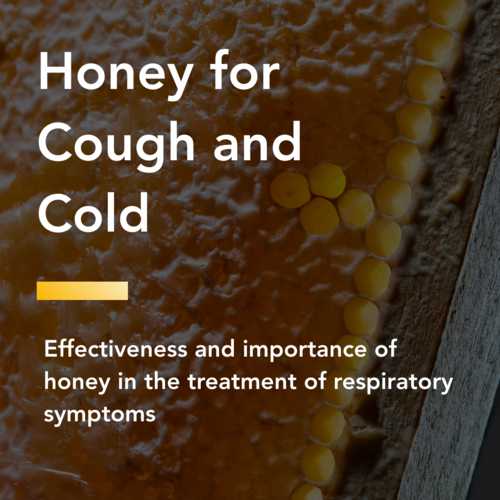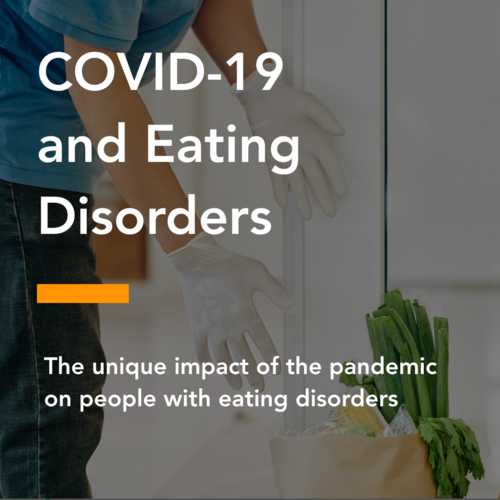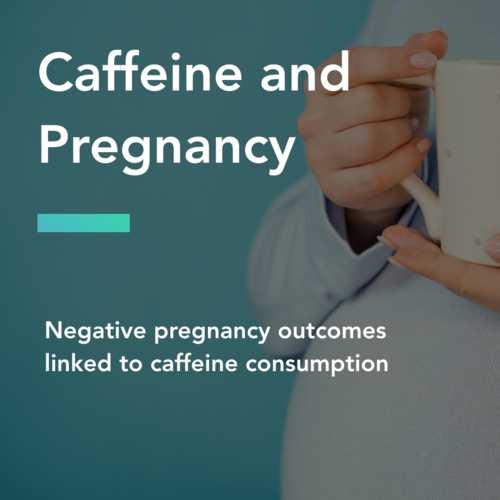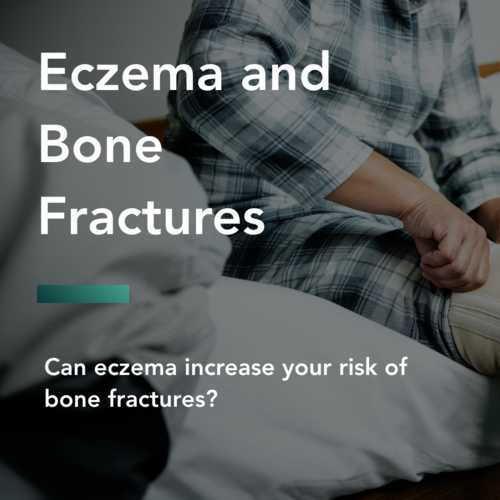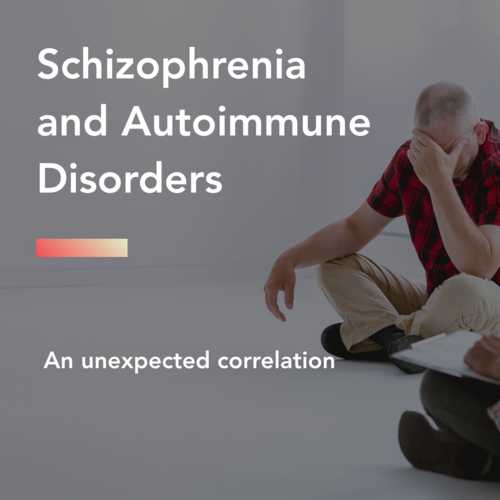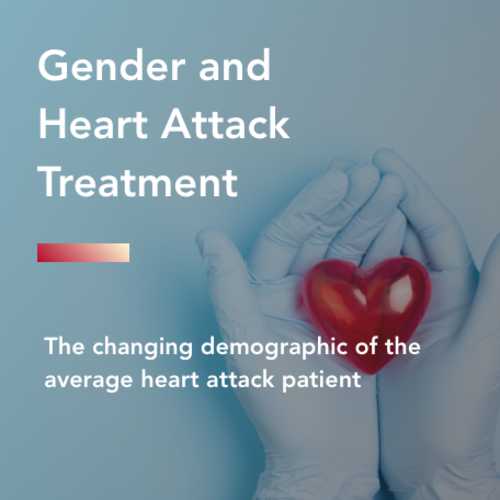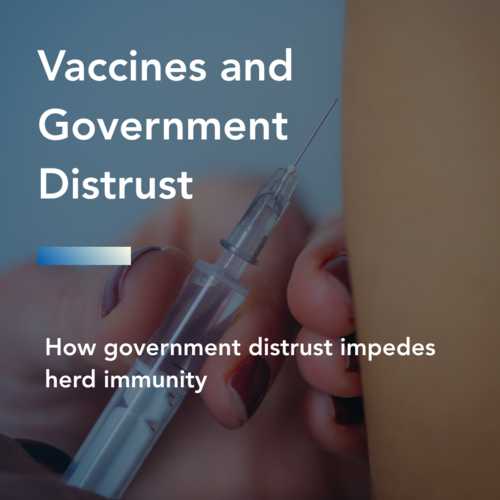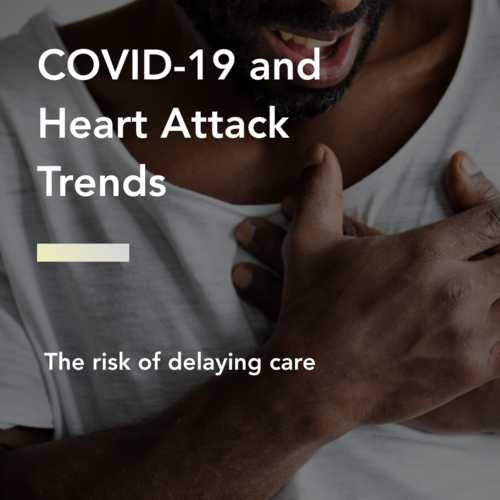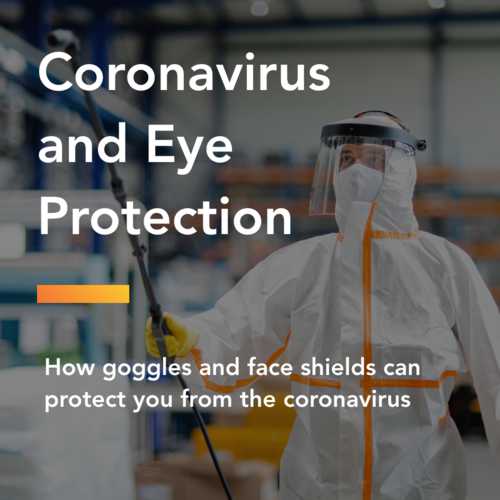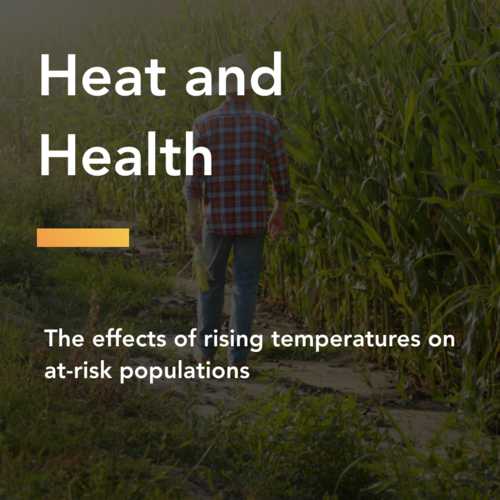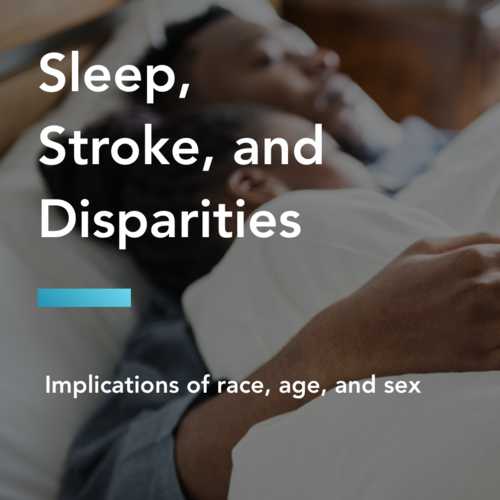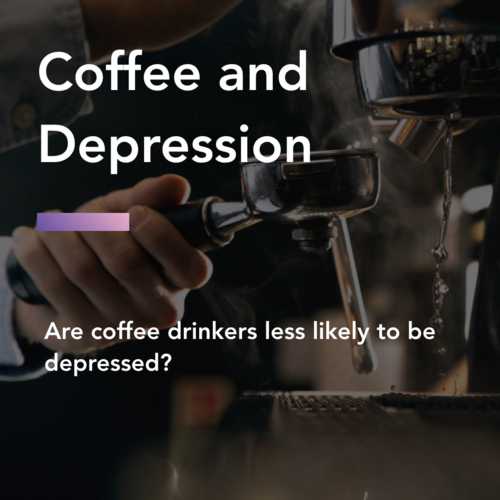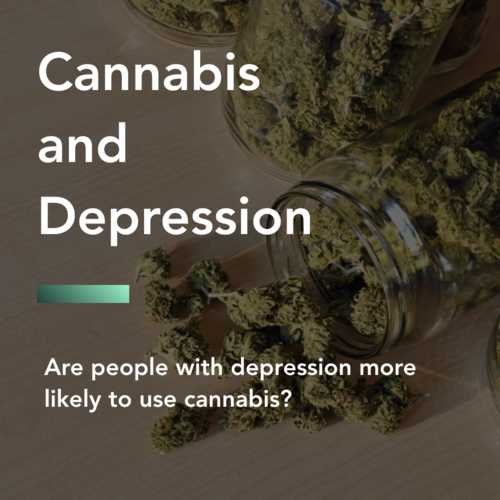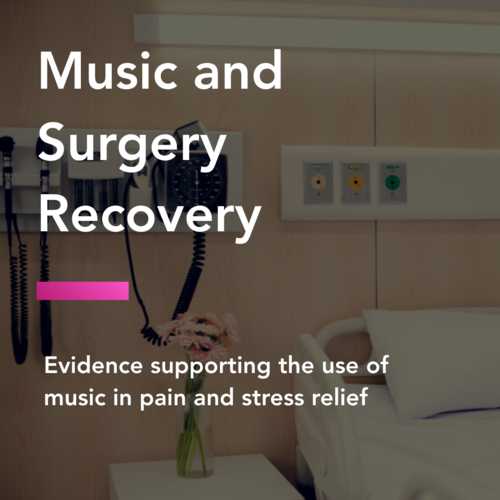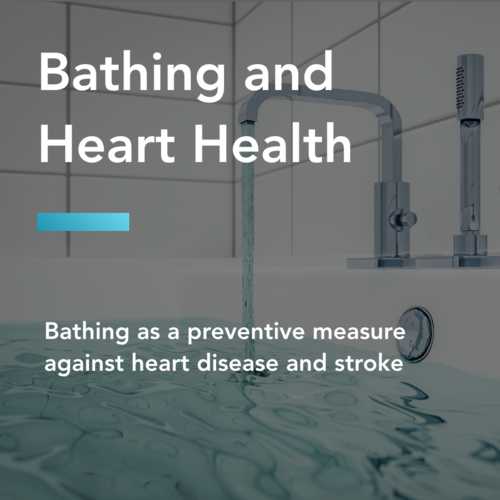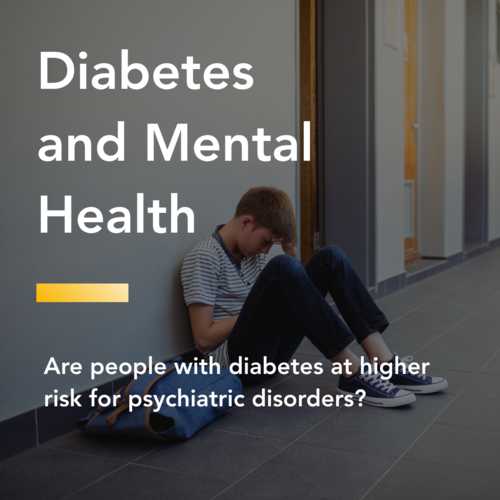ADHD & Car Accident Rates

Figure 1: ADHD & Car Accident Rates. ADHD increases the risk of car accidents for teens. A study of teens from New Jersey found that those who were diagnosed with ADHD had a higher rate of car accidents than those without ADHD. The data above shows raw accident rates between the two groups for the first four years after receiving their license. The red line represents kids with ADHD and the blue line represents kids without ADHD.
A new study shows that teens with ADHD tend to be more dangerous drivers. Kids with ADHD get more tickets and are involved in more accidents than kids without ADHD diagnosis.
ADHD is a tough disease to have. This condition can make it harder to do well in school, excel at a new job, and it can get in the way of normal social functioning.
A new study shows that driving may be another challenge brought on by ADHD. In this study, researchers found that kids with ADHD were involved in significantly more car accidents than kids without ADHD.
All teens are at a higher risk of being involved in a car accident within the first year of getting their license. Kids with ADHD are at an even higher risk than those without ADHD.
After adjustment for multiple variables, researchers found that teens with ADHD had an accident rate that was 62% higher than those without ADHD.
Source: Traffic Crashes, Violations, and Suspensions Among Young Drivers With ADHD
Retrospective Cohort Studies
This study on ADHD and driving used a retrospective cohort method. Retrospective cohort studies examine existing records to find relationships between risk factors and outcomes. Similar to prospective cohort studies, they examine individuals with and without a certain risk factor to see whether outcome or disease rates differ between groups. Unlike prospective cohort studies, researchers use data that already exists such as medical records.
ADHD & Moving Violation Rates

Figure 2: ADHD & Moving Violation Rates. Kids with ADHD had a significantly higher rate of moving violations. The difference was found to be highly significant (p < 0.0001). Moving violations include violations such as speeding, seat belt non-use, and DUI. The blue line represents the number of moving violations for every 10,000 drivers with ADHD. The orange line represents the number of moving violations for every 10,000 drivers without ADHD.
A similar pattern can be found for moving violations. These are the types of tickets that you get that raise your insurance. Kids with ADHD have higher rates of moving violations and therefore insurance penalties across all your study.
Kids were more likely to receive tickets for careless driving, speeding, using their phone while driving, and DUIs.
As a result, they were more likely to receive license suspensions.
Practical Tips

Figure 3: Key Facts on Driving Risk for ADHD and Non-ADHD Teens. Kids with ADHD had a significantly higher rate of at-fault accidents (38% vs 26%), moving violations (63% vs 48%), and are more likely not to use their seatbelt (23% vs 17%).
When it comes to ADHD and driving, awareness is key. The differences between groups is not large enough to suggest that you should treat kids with ADHD any differently. Rather, this is a good opportunity to understand the risks and differences involved.
Kids with ADHD, like all of the kids, should be extra vigilant when it comes to driving particular in the first 12 months on accident rates are higher.
Distracted driving is a risk for all drivers, but it may be particularly dangerous for kids with ADHD. Kids with ADHD should be especially aware of the dangers of distracted driving and driving with their smartphone. Texting and driving should never go together.
+
Sample Size - The study used a large enough study size to detect differences between kids with ADHD and kids without ADHD.
+
Effect Size - Researchers found significant effects in clinically relevant variables
-
Study Type - This study used a retrospective cohort. These studies have a higher risk of confounding and bias. The data can be highly dependent on the search methods used by the researchers and the consistency of the underlying data.
Centers for Disease Control
FEach day in the United States, approximately 9 people are killed and more than 1,000 injured in crashes that are reported to involve a distracted driver. Distracted driving is driving while doing another activity that takes your attention away from driving. Distracted driving can increase the chance of a motor vehicle crash.
American Academy of Pediatrics
Teen drivers also represent the highest proportion of distracted drivers. Distractions occur when drivers move their attention from the task of driving to focusing on another activity. Distracted driving contributes to approximately 10% of all motor vehicle fatalities and 17% of all motor vehicle injuries in the United States. Among teens, TWD is a growing contributor to distracted driving, and it is especially dangerous because it involves 3 types of distractions—visual, manual, and cognitive attention.
National Safety Council
Since texting while driving increases crash risk 2 to 9 times, getting to the bottom of what truly motivates this behavior is crucial for bringing an end to this practice. Current laws and enforcement haven’t been as effective, and roadway fatalities continue to climb. The first year behind the wheel is already the most dangerous one for teens, and 16- to 19-year-old drivers are most likely to be in a fatal crash.
Clearvue Health is not affiliated with above organizations. The information above is provided to highlight and link to useful further reading.
ADHD Trends in the United States
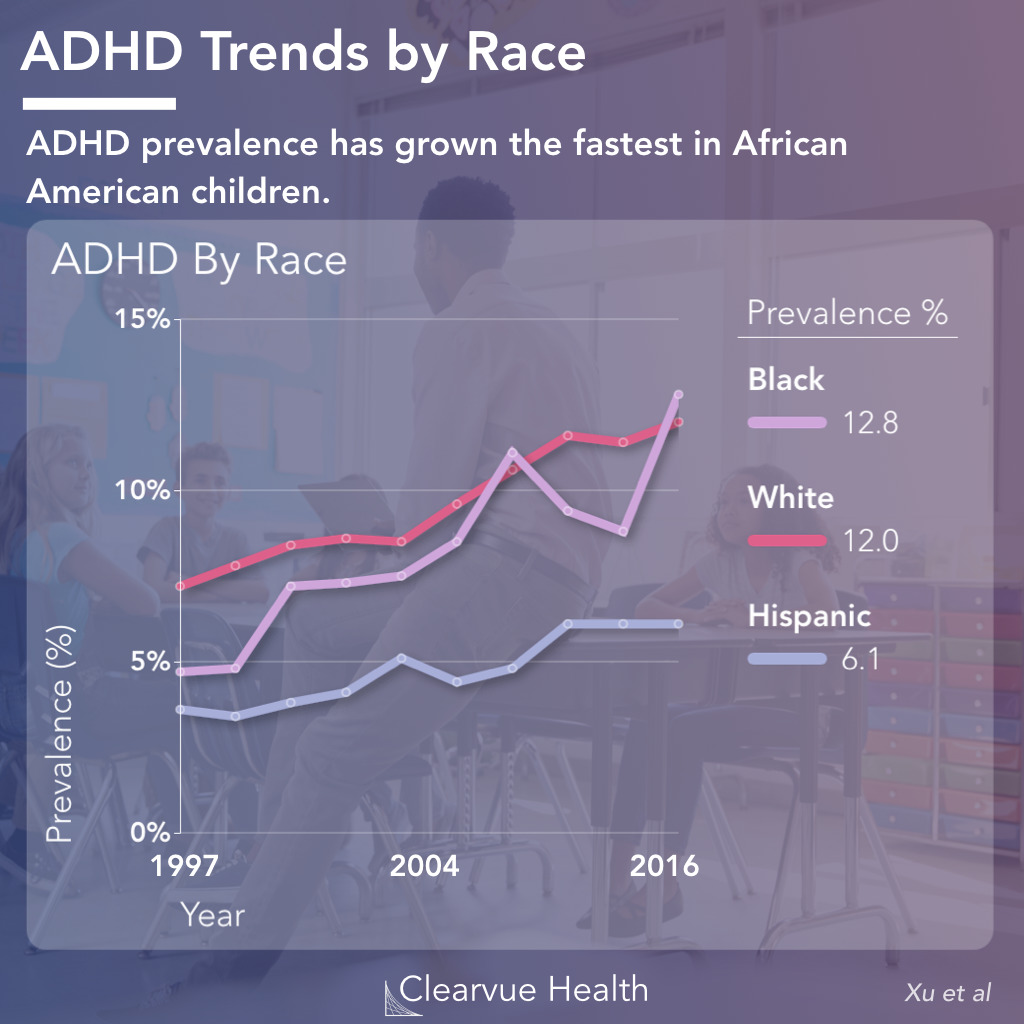
If you've ever suspected that more kids today have ADD/ADHD than before, a new study says that you may be right.
The prevalence of ADHD among American kids has increased from 6% in 2997 to over 10% in 2016.
At least some of this may be driven by higher awareness of the disorder. The symptoms of ADHD, including lack of attention and hyperactivity, may have been regarded as normal in the past. With increasing awareness, more parents may be seeking help for their kids.
Read more.




